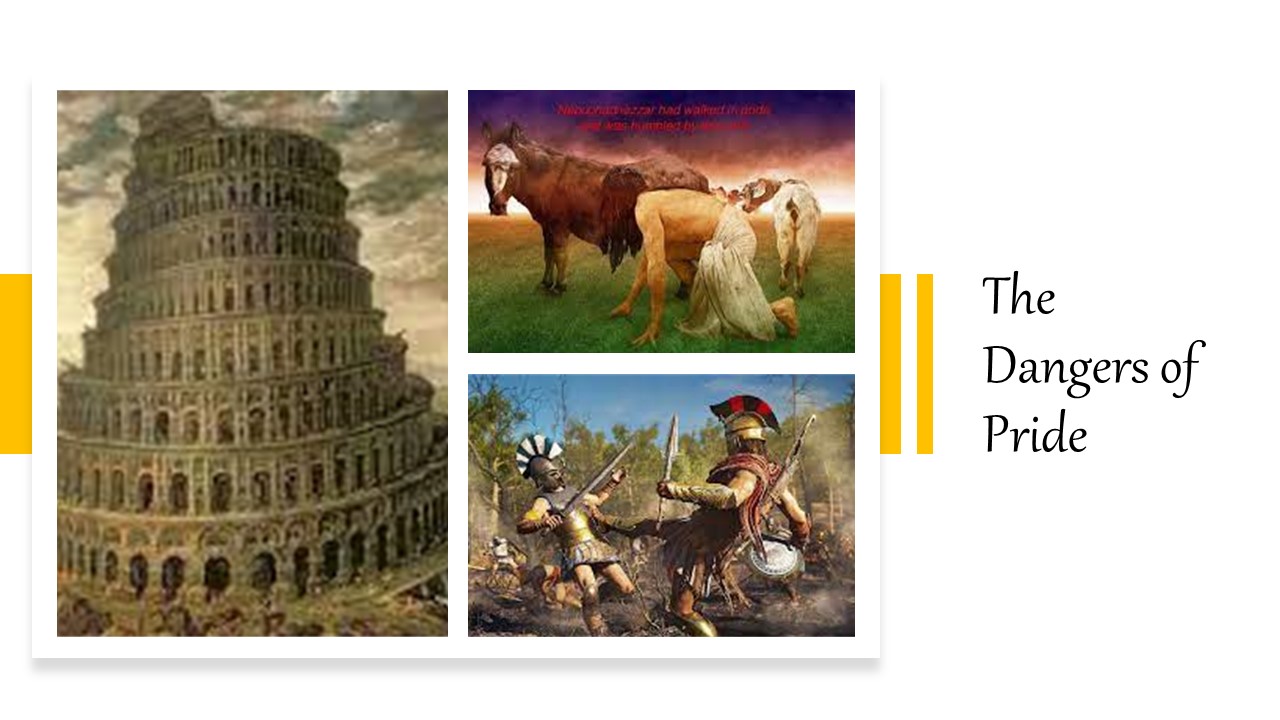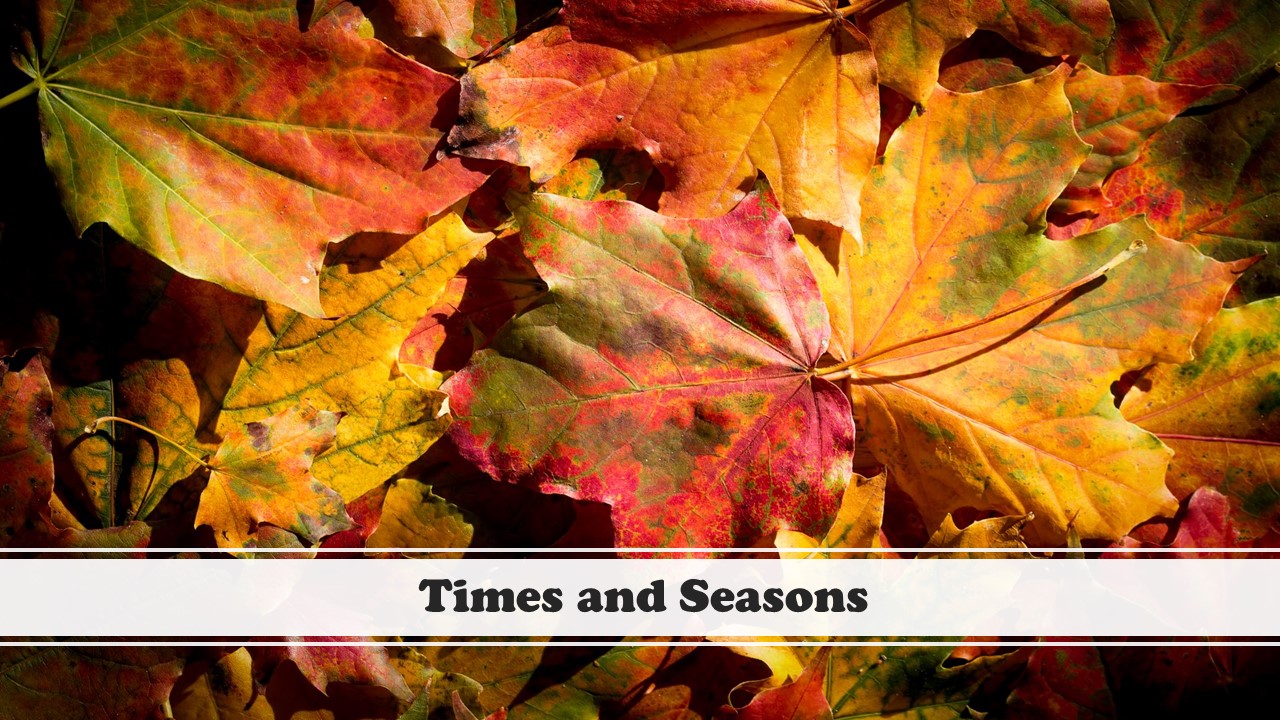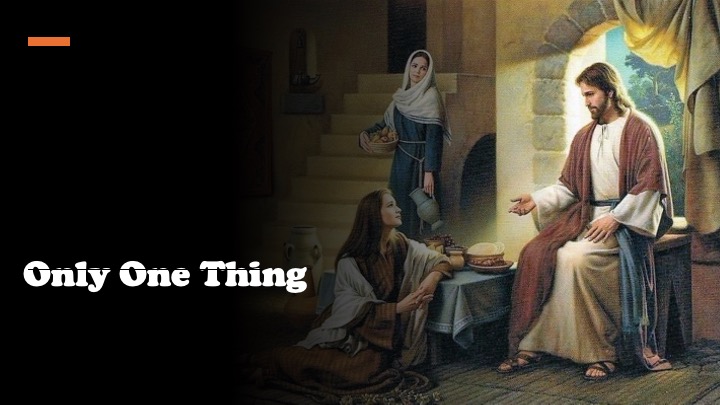The Book of Philippians, though short, contains a wealth of lesser-known stories and mentions that shed light on the early Christian community and Paul's relationship with the Philippian church. Through characters like Epaphroditus, who risked his life to serve Paul, and the diligent women Euodia and Syntyche, who were urged to resolve their disagreements for the sake of unity, we see examples of dedication, selflessness, and the importance of reconciliation. Paul’s gratitude towards the Philippians for their unwavering support underscores the essential role of community and partnership in spreading the Gospel.
Epaphroditus stands out as a figure of courage and commitment, demonstrating the power of sacrificial service and the interconnectedness within the body of Christ. Similarly, Euodia and Syntyche's story highlights the reality of conflicts even within a faithful community, while Paul's appeal for their unity serves as a timeless reminder of the need for reconciliation and harmony. The Philippian church’s generous support for Paul, even amid challenges, illustrates the significant impact of collective faithfulness and how it advances the mission of the Gospel.
In Philippians, Paul also emphasizes the importance of perspective, demonstrating through his own imprisonment how adversity can become a platform for God’s purposes. His chains inspired others to speak the Word of God courageously, turning obstacles into opportunities for witness. These stories, interwoven with Paul's teachings on joy, humility, and unity, provide contemporary believers with practical insights into living a life that honors God and advances His kingdom, even amid trials and uncertainties.

Throughout history, pride has been a precursor to downfall, as seen in the narratives of the Tower of Babel, the Peloponnesian War, and Nebuchadnezzar's...

We begin our study of the book of Ecclesiastes by exploring one of its most important chapters: chapter 3. It begins with these words:...

In this episode of the 10:10 Thrive Podcast, we reflect on Jesus’ profound interaction with Mary and Martha in their home in Bethany. These...